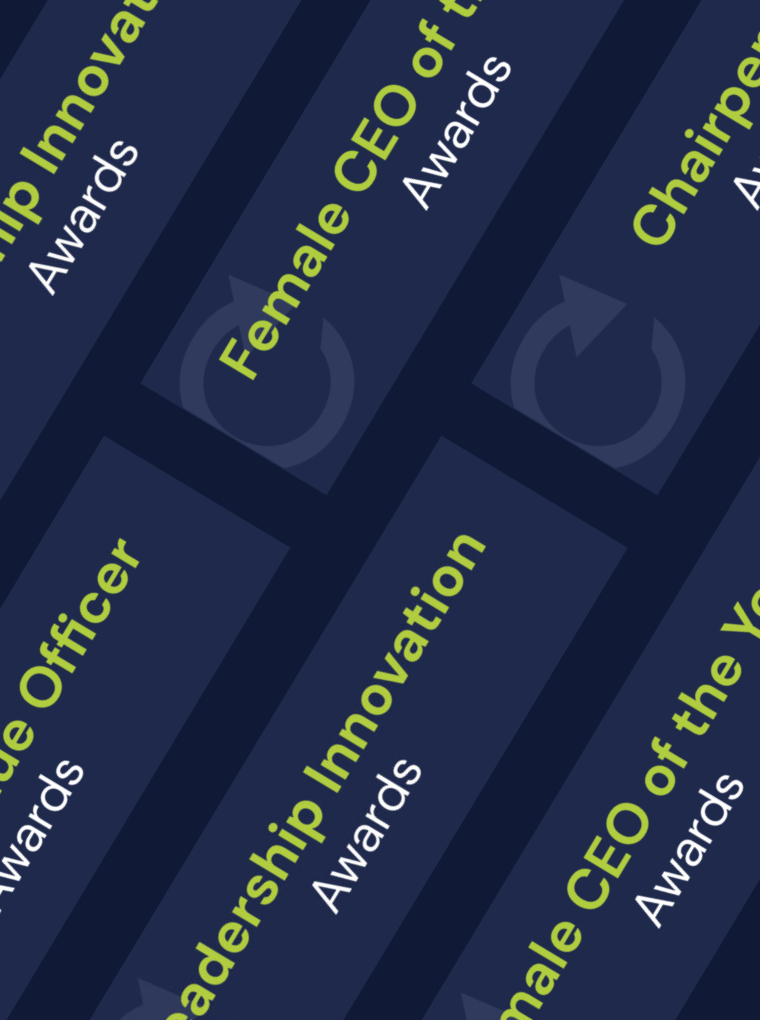What Kind of Leader Shines During a Crisis?

By Kevin Johnson, Vistage Chair and Executive Coach
As the COVID-19 emergency evolves, SME directors and owners are inspiring their teams, and charting as clear a course out of this public health and economic crisis as they possibly can.
Although I’ve had the privilege to run complex organisations and work with some of the world’s most-outstanding leaders for over 35 years (including through various other crises), seeing how top CEOs and MDs have responded these last few weeks has been the most humbling and inspiring of all.
So, what type of leader is best at ensuring that their business not just survives, but emerges enriched? What they do matters hugely – including applying keen eyes, laser focus and calm conviction amidst the turmoil. However, who they are as a leader and as a person is more critical still. As so often before, the best decisions right now are being made by leaders who
1.Care deeply
Deep, genuine care – for your staff and their families, customers and key suppliers – is the root of all else. During traumatic times, understanding and compassion goes a massively long way.
To see heart-felt thank-you notes from employees to CEOs for their empathy and fairness, and for inspiring hope despite market collapse, financial loss and family fear; to hear of customers prioritising payments to suppliers who engaged candidly and caringly; and to observe remarkable examples of collegiate energy and support from furloughed staff, is humbling.
It demonstrates how a mindset and culture, cultivated by forward-thinking leaders during good times, comes into its own when the chips are truly down. Best of all, the goodwill advantage once this horrendous – but temporary – period is over, is immeasurable!
2. Have a compelling sense of purpose
When truly compelling, the core purpose of any business, and the values which underpin it, are the North Star that holds its team together through thick and thin. When championed with a passion, “Doing the Right Thing” remains the default response – whatever the extremes of pressure.
Strong sense of purpose has fuelled brilliant recent examples of adaptation and impact. For instance, a life-sciences marketing company I work with in South East England who, within two days, created a huge volunteer network of scientists for Coronavirus testing. Another, a training company which made its materials freely available to furloughed staff across the country. And, the housing service firm who ceased all non-critical services early – taking a financial hit to reduce risks to vulnerable people.
When a powerful cause is lived with every pore of a leader’s being, passive staff compliance becomes full, lasting commitment both here and now, and carrying through post-COVID!
3.Yearn to engage – clearly, candidly, relentlessly
The value of open, crystal-clear, over-communication during a crisis – internally and externally – is immense. That requires the Chief Decision Maker to embrace being Chief Engagement Officer.
Those companies that I see riding the current tsunami best (as well as already having a powerful, caring, purpose-led culture, anda tight grip of their finances) are communicating, communicating, communicating – with staff and customers, suppliers,investors andtheir wider communities.
Their CEO/MD is visible like never before, daily, weekly and in multiple ways. They are being transparent and focused, warm and empathetic, are collaborating closely with fellow CEOs for mutual support and ideas, and are calling people unexpectedly to simply understand how they are, and to show that they care.
4.Nurture a clear and creative forward vision
Exceptional times inspire exceptional innovation. What I do gives a remarkable vantage point to see this in action: how virtually every growth-minded entrepreneur, having addressed immediate crisis implications with vigour, stopped almost immediately to pause, reflect and think creatively.
For some, that means testing radically new market or product opportunities. Others, it’s using this time to unleash the creative energy of staff with time on their hands and a hunger to be involved.
For many, this is about crafting a “resumption-then-growth” strategy, with clear one and two-year visions, while for most, it also involves reflecting on the wealth of valuable learnings that are emerging about operating practices and enablers, leadership approaches, or individual people and organisations.
A “can-do” mindset is important. However, at times like these, a “can-think” one is, I suggest, of
infinitely greater value!
Leaders – like crises – come in many shapes and forms. Hindsight, however, is a powerful teacher, and what is being seen today reflects in graphic detail past evidence: that if you are in the business of thriving, not just surviving,who you are being trumps what you are doing hands down.







